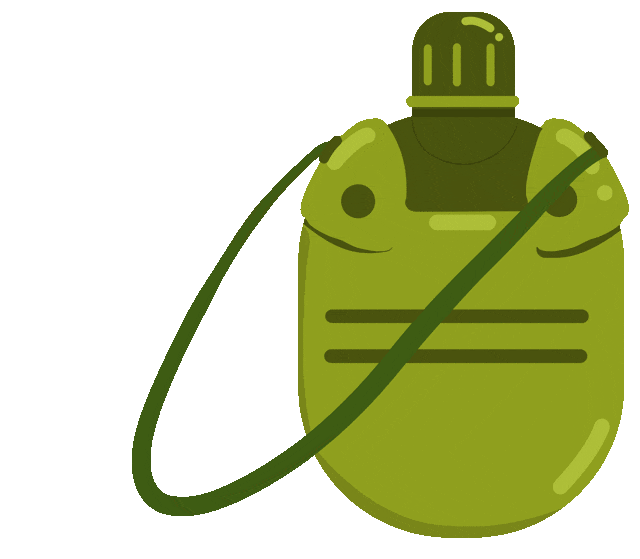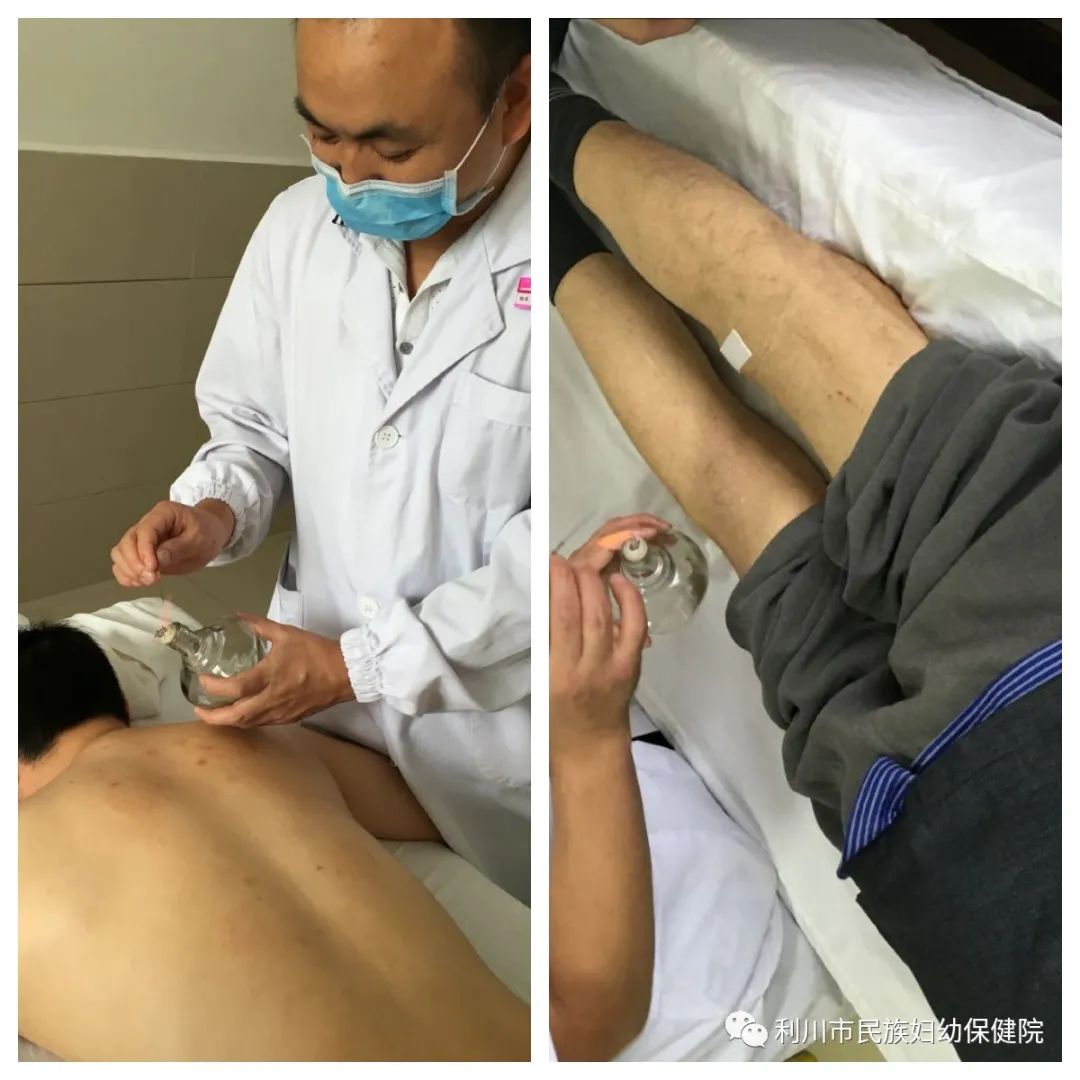Fire needle therapy has a long history and is simple to perform, with rapid results. The fire needle technique involves heating specially designed metal needles or various types of needles until they glow red, then quickly inserting them into specific areas, acupoints, or the surface of tissues to achieve the purpose of disease prevention and treatment. It is a specialized technique in acupuncture.

 01 Principle of Fire Needle Therapy
01 Principle of Fire Needle Therapy
The efficacy of fire needle therapy relies on the power of fire, combining the stimulating effect of fine needles on the meridian qi and the warming and dispersing effects of moxibustion. Clinically, it often yields remarkable results with minimal effort. The principles can be summarized as follows:
1.Assisting Yang with Fire: Utilizing heat to stimulate the meridian points and qi, enhancing Yang energy, which is the foundation of fire needle therapy.
2.Opening the Door to Expel Pathogens: This involves cauterizing the skin and acupoints to open the external pathways of the meridians, allowing pathogens such as pus, blood stasis, dampness, phlegm, and the six excesses to exit, thus addressing the root cause of the disease.
3.Using Heat to Draw Out Heat: By opening the external pathways with fire, toxins can be expelled, which is essential for treating the disease at its source. Through these actions, the therapy aims to warm and strengthen Yang energy, promote tissue regeneration, dispel cold and dampness, relieve itching, eliminate stasis and pus, reduce swelling, alleviate pain, stop coughs, and clear heat and detoxify.

 02 Common Types of Fire Needles
02 Common Types of Fire Needles
Common types include single-headed fire needles, three-headed fire needles, blunt fire needles (cylindrical), spatula-shaped fire needles (cautery-like), and blade-shaped fire needles.

 03 Procedure
03 Procedure
1.Selection of Acupoints and Disinfection: ① Selection of Acupoints: The principles for selecting acupoints include identifying the syndrome, selecting acupoints based on the disease, combining Ah Shi points with local acupoints, similar to the selection of fine needles, but focusing primarily on local acupoints. ② Disinfection: Fire needle therapy must adhere to strict aseptic techniques; the skin at the acupoint must be thoroughly disinfected before needling, similar to the disinfection process for fine needle acupuncture.
2.Heating the Needle and Needling: ① Heating the Needle: This is a critical step in using fire needles. The needle must be heated until it is bright white; otherwise, it should not be inserted or removed, as it can cause severe pain. ② Needling: The left hand can hold a lit alcohol lamp while the right hand holds the needle, aiming to be as close to the treatment area as possible. After heating the needle, it should be quickly inserted vertically into the acupoint and withdrawn swiftly. Fine needles should be inserted vertically after heating; otherwise, they may bend and become difficult to insert. Fire needles can be retained for about 5-10 minutes. After removal, apply sterile dry cotton balls to the puncture site to reduce pain and prevent bleeding. If the puncture site or surrounding skin becomes itchy, red, swollen, or develops pus, do not scratch to prevent infection, and keep the area clean.
3.Depth of Needling: The depth should be determined based on the condition, constitution, age, and the thickness of the muscle, depth of blood vessels, and distribution of nerves at the needling site. Generally, for the limbs and lower back, the needle can be inserted deeper, about 2-5 fen, while for the chest and back, it should be shallower, about 1-2 fen. For needling moles or warts, the depth should correspond to the base depth. The depth of fire needle insertion is generally similar to that of fine needles, and cauterization can be used for skin gland diseases.


 04 Indications
04 Indications
1.Diseases of Masses: Substantial tumors, cystic tumors, tendon sheath cysts, purulent tumors, diffuse swelling, fibromas, etc.
2.Skin Diseases:
① Focal skin lesions, itching and pain-related diseases. Various moles, plaques, corns, superficial infections, neurodermatitis, eczema, herpes zoster, subungual hematomas, etc.
② Ulcerative diseases. Fistulas, anal fissures, anal fistulas, etc.
③ Wounds, sinuses, folliculitis.
④ Mucosal gland diseases, chronic herpetic pharyngitis, tonsillar hypertrophy, adenoid hyperplasia, vulvar leukoplakia, alopecia areata, etc.
3.Visceral Lesions: Cystic benign tumors of the breast.
4.Joint and Surrounding Tissue Diseases: Arthritis, warts, lymphatic tuberculosis, tennis elbow, synovial cysts, herpes zoster, vulvar diseases, breast diseases, moles, sciatica, facial nerve paralysis, calluses, bi syndrome, acne, back myofascitis, cervical and lumbar spondylosis, etc.


Editor: Zhang Binhong
Initial Review: Ke Rong
Re-review: He Jianhua
Final Review: Li Chunquan
Consultation Phone: 0718–7257308

